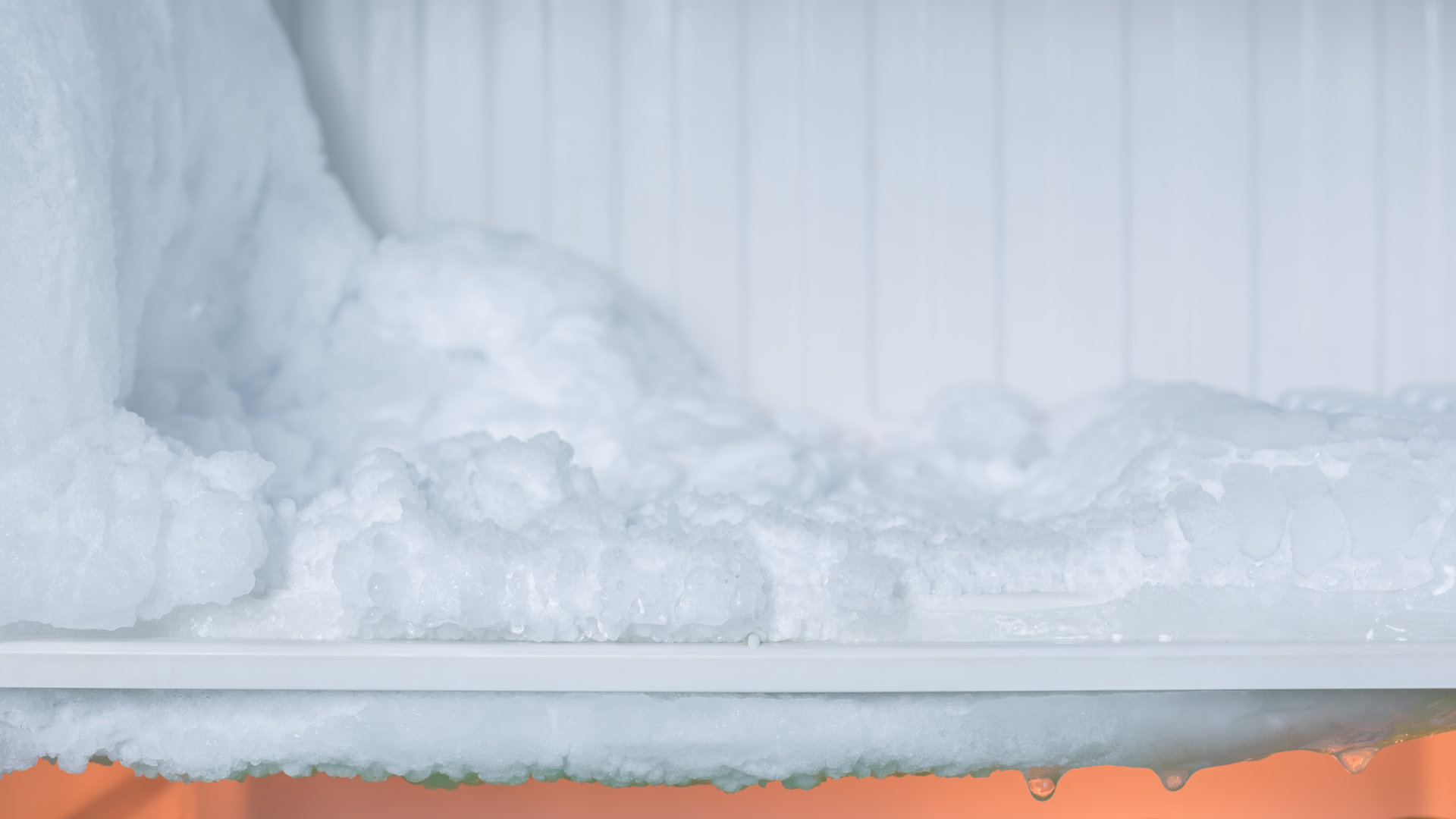

Articles
How To Keep A Freezer From Frosting
Modified: February 20, 2024
Discover effective techniques and articles on how to prevent frost buildup in your freezer and keep it frost-free. Say goodbye to defrosting headaches with these helpful tips.
(Many of the links in this article redirect to a specific reviewed product. Your purchase of these products through affiliate links helps to generate commission for Storables.com, at no extra cost. Learn more)
Introduction
Having a freezer is a convenient way to store and preserve food for longer periods of time. However, one common issue that many people face with their freezers is the buildup of frost. Frost buildup not only reduces the efficiency of the freezer but can also lead to a loss of valuable freezer space. If you’re tired of constantly dealing with frosty surfaces and struggling to find room for your frozen food, don’t worry! There are several effective methods you can employ to keep your freezer frost-free.
In this article, we will explore the causes of frost buildup in freezers and provide you with practical tips on how to prevent it. By implementing these strategies, you can maintain a frost-free freezer and ensure that your frozen goods are stored in optimal conditions.
Key Takeaways:
- Say goodbye to frosty surfaces and hello to a frost-free freezer by properly organizing, sealing, and maintaining your appliance. Keep your frozen goods fresh and accessible with these practical tips!
- Prevent frost buildup in your freezer by keeping the door closed tightly, avoiding temperature fluctuations, and considering a frost-free model. Enjoy efficient storage and optimal conditions for your perishables.
Read more: What Is A Frost Free Freezer
What causes frost buildup in freezers
Frost buildup in freezers is primarily caused by the natural process of condensation. When warm air enters the freezer, it comes into contact with the cold surfaces inside. As the warm air cools down, the moisture it contains turns into frost. Over time, this frost accumulates and forms a layer of ice on the walls, shelves, and even on the food stored in the freezer.
There are several factors that contribute to the increased formation of frost in freezers:
- Poor insulation: If your freezer is not properly insulated, it can allow warm air from outside to seep in, leading to more condensation and frost buildup.
- Frequent door openings: Every time you open the freezer door, warm air rushes in, increasing the moisture and potential for frost formation.
- Temperature fluctuations: Fluctuations in temperature can promote condensation and ice formation in the freezer.
- Unclean gasket: A worn-out or dirty door gasket can result in gaps or leaks, allowing warm air to enter the freezer.
Understanding the causes of frost buildup in freezers can help you take the necessary steps to prevent it and keep your freezer frost-free.
Tips for preventing frost in freezers
To keep your freezer frost-free and maintain its efficiency, follow these practical tips:
- Properly organizing your freezer: Arrange your items in an organized manner, leaving enough space for air circulation. This ensures that cold air can flow freely, minimizing the chances of frost accumulation.
- Keeping the freezer door closed tightly: Make sure the freezer door is always closed tightly to prevent warm air from entering. Check the door seal regularly and replace it if necessary.
- Avoiding temperature fluctuations: Fluctuating temperatures can promote condensation and frost formation. Keep your freezer at a consistent temperature, ideally around -18 degrees Celsius (-0.4 degrees Fahrenheit).
- Regularly defrosting your freezer: Schedule regular defrosting sessions to remove any existing frost. Follow the manufacturer’s instructions on how to defrost your specific model.
- Using airtight containers and bags: Store your food in airtight containers or sealed bags to prevent moisture from escaping and entering the freezer, reducing the chances of frost buildup.
- Checking and maintaining the door gasket: Ensure that the door gasket is clean and free from any debris. Regularly inspect it for any signs of wear and tear and replace it if needed.
- Installing a frost-free freezer: Consider upgrading to a frost-free freezer if you frequently struggle with frost buildup. Frost-free models have built-in mechanisms that automatically defrost the freezer, eliminating the need for manual defrosting.
By implementing these tips, you can significantly reduce and prevent frost buildup in your freezer, allowing you to enjoy a frost-free and efficient storage space for your perishables.
Properly organizing your freezer
One of the key factors in preventing frost buildup in your freezer is proper organization. By organizing your freezer effectively, you allow for better airflow and prevent cold spots where frost tends to accumulate. Here are some tips to help you optimize the organization of your freezer:
- Categorize your items: Group similar items together, such as meats, vegetables, and frozen treats. This makes it easier for you to find what you need and reduces the time spent with the freezer door open.
- Use freezer-safe containers: Invest in sturdy and airtight containers to store your food items. These containers not only help prevent freezer burn but also reduce the amount of moisture escaping and coming into contact with the freezer walls.
- Label and date your items: Labeling and dating your items not only helps you keep track of what’s in your freezer but also ensures you use older items first, minimizing the chances of food going to waste.
- Maximize your freezer space: Utilize different storage options like freezer-safe bags, stackable containers, and ice cube trays to make the most of your freezer’s capacity. Consider using freezer baskets or drawer dividers to create separate compartments for different food groups.
- Leave space for airflow: Avoid overcrowding your freezer, as this can impede proper airflow. Leave some space between items to allow cold air to circulate freely.
By organizing your freezer in a thoughtful and strategic manner, you can minimize the chances of frost buildup and create a more efficient storage space for your frozen food.
Keeping the freezer door closed tightly
One of the simplest yet most effective ways to prevent frost buildup in your freezer is to ensure that the door is always closed tightly. When the freezer door is left ajar or doesn’t close properly, warm air from the surrounding environment enters the freezer, leading to the formation of frost. Here are some tips to help you keep the freezer door closed tightly:
- Check the door seal: Regularly inspect the door seal, also known as the gasket, for any signs of wear and tear. Make sure it is clean and free from any debris that could interfere with its proper functioning.
- Test the seal: Perform a simple test to ensure that the door seal is creating a tight seal. Close the door on a piece of paper or dollar bill, and try to pull it out. If you encounter resistance, it indicates that the seal is working properly.
- Adjust the door hinges: If the door is not closing tightly, you may need to adjust the hinges. Refer to the manufacturer’s instructions or consult a professional if necessary.
- Do not slam the door: Slamming the freezer door can cause misalignment and compromise the effectiveness of the seal. Develop the habit of gently closing the door to ensure a tight seal.
- Check for obstructions: Sometimes items inside the freezer can obstruct the door from fully closing. Ensure that there are no food packages or containers that are blocking the door from closing properly.
- Remind family members: Teach everyone in your household about the importance of keeping the freezer door closed tightly. Remind family members, especially children, to be mindful of closing the door after use.
By making sure your freezer door is closed tightly, you can prevent warm air from entering and reduce the occurrence of frost buildup. This simple practice not only keeps your freezer frost-free but also helps maintain the energy efficiency of your appliance.
Read more: How To Remove Frosting From Glass
Avoiding temperature fluctuations
Temperature fluctuations can contribute to the formation of frost in your freezer. Fluctuations in temperature can cause condensation to form and ultimately lead to frost buildup. By taking steps to avoid temperature fluctuations, you can minimize the risk of frost and maintain a stable environment inside your freezer. Here are some tips to help you avoid temperature fluctuations:
- Set the right temperature: Ensure that your freezer is set at the recommended temperature for optimal performance. The ideal temperature for most freezers is around -18 degrees Celsius (-0.4 degrees Fahrenheit).
- Avoid frequent temperature adjustments: Resist the temptation to constantly adjust the temperature setting in your freezer. Frequent adjustments can cause fluctuations and contribute to frost buildup.
- Don’t overload the freezer: Avoid overloading your freezer with a large quantity of food in a short span of time. This can cause a sudden increase in temperature due to the heat emitted by the newly added items.
- Keep the freezer door closed: As mentioned earlier, ensuring that the freezer door is closed tightly is crucial. The more frequently the door is opened, the more the temperature inside the freezer will fluctuate. Limit door openings to only when necessary.
- Keep the freezer away from heat sources: Locate your freezer in a cool area away from direct sunlight and other heat sources like ovens or heaters. Excessive heat around the freezer can cause temperature fluctuations.
- Check the temperature gauge: Regularly monitor the temperature gauge or thermostat in your freezer to ensure that it is functioning properly. Any malfunction can result in temperature fluctuations and increased frost buildup.
By being mindful of temperature fluctuations and taking preventive measures, you can create a more stable environment inside your freezer, reducing the chances of frost formation.
Place a bowl of charcoal or baking soda in the freezer to absorb moisture and prevent frost buildup. Make sure to replace it every 2-3 months.
Regularly defrosting your freezer
Regularly defrosting your freezer is an essential step in preventing frost buildup and maintaining its efficiency. Over time, ice accumulates on the walls and surfaces of the freezer, reducing its overall capacity and insulating properties. Here are some tips for effectively defrosting your freezer:
- Schedule regular defrosting sessions: Plan regular defrosting sessions based on the level of frost buildup in your freezer. It is recommended to defrost your freezer at least once or twice a year, or whenever the ice buildup reaches about 1/4 inch thick.
- Remove items from the freezer: Before defrosting, remove all items from the freezer and place them in a cooler or insulated bag to keep them frozen during the process.
- Unplug the freezer: Turn off and unplug the freezer to ensure your safety during the defrosting process. This will also save energy while you work on removing the frost.
- Speed up the defrosting process: To speed up the defrosting process, you can place bowls of hot water or use a hairdryer on a low setting to gently melt the ice. Avoid using sharp objects to scrape the ice, as this can damage the freezer walls or coils.
- Clean and wipe down: Once the ice has melted, use a clean cloth or sponge to wipe down the interior of the freezer. Remove any water residue or remaining ice particles.
- Allow the freezer to dry: After cleaning, let the interior of the freezer dry completely. This will help prevent the formation of new frost when you turn it back on.
- Plug in and restart the freezer: Plug the freezer back in and allow it to reach the desired temperature before restocking it with your frozen items.
Regularly defrosting your freezer not only prevents excessive frost buildup but also helps maintain the longevity and efficiency of your appliance. By incorporating this simple maintenance task into your routine, you can enjoy a frost-free freezer and better preservation of your frozen food.
Using airtight containers and bags
Using airtight containers and bags is a smart strategy to prevent frost buildup in your freezer. By storing your food items in sealed and airtight packaging, you can minimize the amount of moisture that escapes and comes into contact with the freezer walls, reducing the chances of frost formation. Here are some tips for using airtight containers and bags effectively:
- Invest in quality containers: Choose sturdy and durable freezer-safe containers that have airtight lids. Look for containers made of materials like BPA-free plastic, glass, or silicone that can withstand freezing temperatures.
- Use freezer bags: Opt for heavy-duty freezer bags that are specifically designed to withstand freezing temperatures. These bags offer a tight seal and are ideal for storing individual portions of food.
- Remove excess air: When using bags, squeeze out as much excess air as possible before sealing them. The less air inside the bag, the less chance of moisture escaping and contributing to frost buildup.
- Label and date: Label your containers and bags with the contents and date of freezing. This helps you keep track of how long the food has been stored and makes it easier to identify items in a crowded freezer.
- Allow food to cool before sealing: To prevent excess moisture from accumulating, make sure hot or warm food items have cooled down to room temperature before transferring them to airtight containers or bags.
- Avoid overpacking: While it’s important to maximize the use of space in your freezer, avoid overpacking or tightly cramming the containers and bags together. Leave some room for air circulation to prevent potential frost formation.
- Regularly check for leaks: Inspect your containers and bags for any signs of leaks or cracks. Replace any damaged or compromised ones to maintain an airtight storage environment.
By using airtight containers and bags, you can create a barrier that prevents moisture from escaping and reduces the likelihood of frost buildup in your freezer. This not only keeps your frozen food in better condition but also simplifies the organization of your freezer space.
Checking and maintaining the door gasket
The door gasket, also known as the seal, is a crucial component of your freezer that helps maintain a tight closure and prevent warm air from entering. Over time, the gasket may wear out or become dirty, compromising its effectiveness. Checking and maintaining the door gasket is essential to prevent frost buildup in your freezer. Here are some tips to help you with this:
- Regularly inspect the gasket: Take a close look at the door gasket to check for signs of wear, tears, or looseness. If you notice any issues, it’s important to address them promptly.
- Clean the gasket: Keep the gasket clean by wiping it regularly with a mild detergent and warm water. Be sure to remove any debris, food particles, or sticky residue that may accumulate along the edges.
- Check for proper alignment: Ensure that the gasket is properly aligned and making full contact with the freezer frame when the door is closed. Any gaps or misalignment can allow warm air to enter, leading to frost formation.
- Test the gasket seal: Perform a simple test to determine the effectiveness of the gasket seal. Close the freezer door on a dollar bill or a piece of paper, and try pulling it out. If it offers resistance when you pull, the seal is working properly. If not, it may be time to replace the gasket.
- Replace a worn-out gasket: If you notice significant wear and tear, gaps, or the gasket fails the seal test, it’s time to replace it. Contact the manufacturer or a professional appliance repair service to get a suitable replacement gasket.
- Follow the manufacturer’s instructions: Consult the freezer’s user manual or the manufacturer’s guidelines for specific instructions on cleaning and maintaining the gasket. They may have additional recommendations or specific cleaning products to use.
Checking and maintaining the door gasket is vital for ensuring a tight seal and preventing frost buildup in your freezer. By keeping the gasket clean and in proper condition, you can maximize the efficiency of your freezer and reduce the risk of frost-related issues.
Installing a frost-free freezer
If you’re tired of dealing with the hassle of regular defrosting and want to eliminate frost buildup altogether, consider investing in a frost-free freezer. Frost-free freezers are designed with advanced technology that automatically defrosts the freezer, eliminating the need for manual defrosting. Here are some points to consider when installing a frost-free freezer:
- Choose the right size: Select a freezer that suits your storage needs and available space. Measure the area where you plan to install the freezer to ensure a proper fit.
- Research different models: Look for frost-free freezers from reputable brands that offer reliable performance and positive customer reviews. Consider features like adjustable shelves, temperature controls, and energy efficiency.
- Understand the defrosting process: Familiarize yourself with how the frost-free technology works in the specific freezer model you choose. Understand that it periodically cycles through a defrosting process to prevent frost buildup.
- Level the freezer: Ensure that the freezer is level and stable to prevent any issues with the defrosting and cooling processes. Use a level tool to check and adjust the feet or leveling pads as needed.
- Follow the manufacturer’s instructions: Read the user manual provided with the freezer and follow the manufacturer’s instructions for installation, usage, and maintenance. This will help maximize the performance and lifespan of the appliance.
- Monitor and maintain: While frost-free freezers eliminate the need for manual defrosting, it’s still important to monitor and maintain the appliance. Regularly clean the interior and exterior, check the seals and gaskets, and ensure proper airflow for optimal performance.
Installing a frost-free freezer can save you time and effort by eliminating the need for manual defrosting. It ensures that your freezer remains free from frost, allowing you to efficiently store and access your frozen goods without worrying about frost buildup.
Conclusion
Frost buildup in freezers can be a frustrating problem, causing inefficiency and reducing the available storage space for your frozen goods. However, by implementing the right strategies, you can prevent frost buildup and maintain a frost-free freezer.
We explored several tips for preventing frost in freezers, including properly organizing your freezer, keeping the door closed tightly, avoiding temperature fluctuations, regularly defrosting, using airtight containers and bags, checking and maintaining the door gasket, and considering the installation of a frost-free freezer.
By organizing your freezer effectively and keeping the door closed tightly, you can minimize the entry of warm air and reduce the chances of frost formation. Avoiding temperature fluctuations by setting the right temperature and being mindful of door openings helps create a stable freezer environment. Regularly defrosting the freezer removes existing frost and ensures optimal performance.
Using airtight containers and bags prevents moisture from escaping and coming into contact with the freezer walls, reducing frost buildup. Checking and maintaining the door gasket ensures a tight seal, preventing warm air from entering. Finally, installing a frost-free freezer eliminates the need for manual defrosting and provides a convenient solution for a frost-free storage space.
By following these tips and incorporating them into your freezer maintenance routine, you can enjoy the benefits of a frost-free freezer. Not only will you have more available space for your frozen goods, but you’ll also maintain the efficiency and longevity of your appliance.
So, say goodbye to frosty surfaces and hello to a frost-free freezer that keeps your food fresh and accessible at all times!
Frequently Asked Questions about How To Keep A Freezer From Frosting
Was this page helpful?
At Storables.com, we guarantee accurate and reliable information. Our content, validated by Expert Board Contributors, is crafted following stringent Editorial Policies. We're committed to providing you with well-researched, expert-backed insights for all your informational needs.
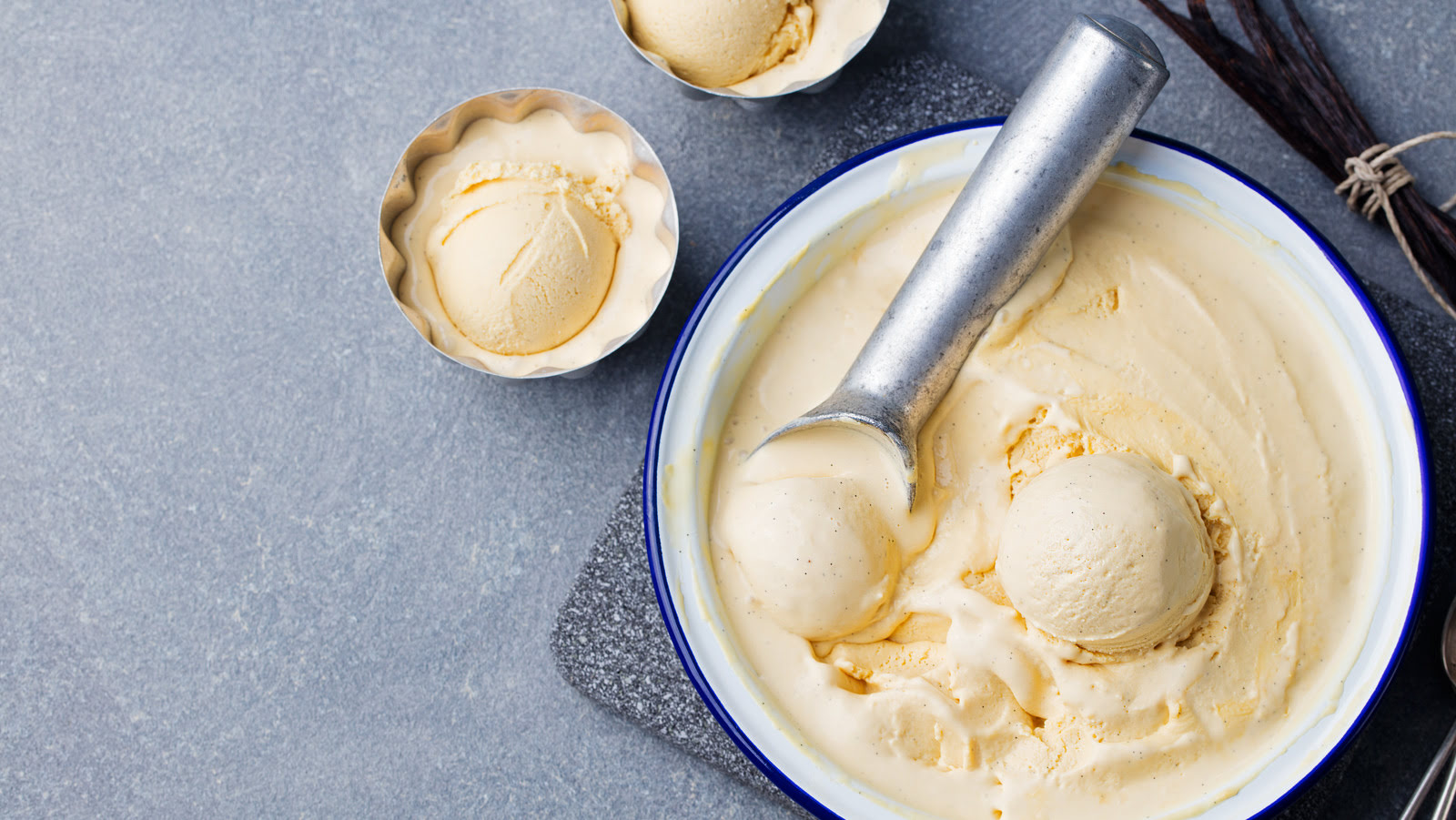
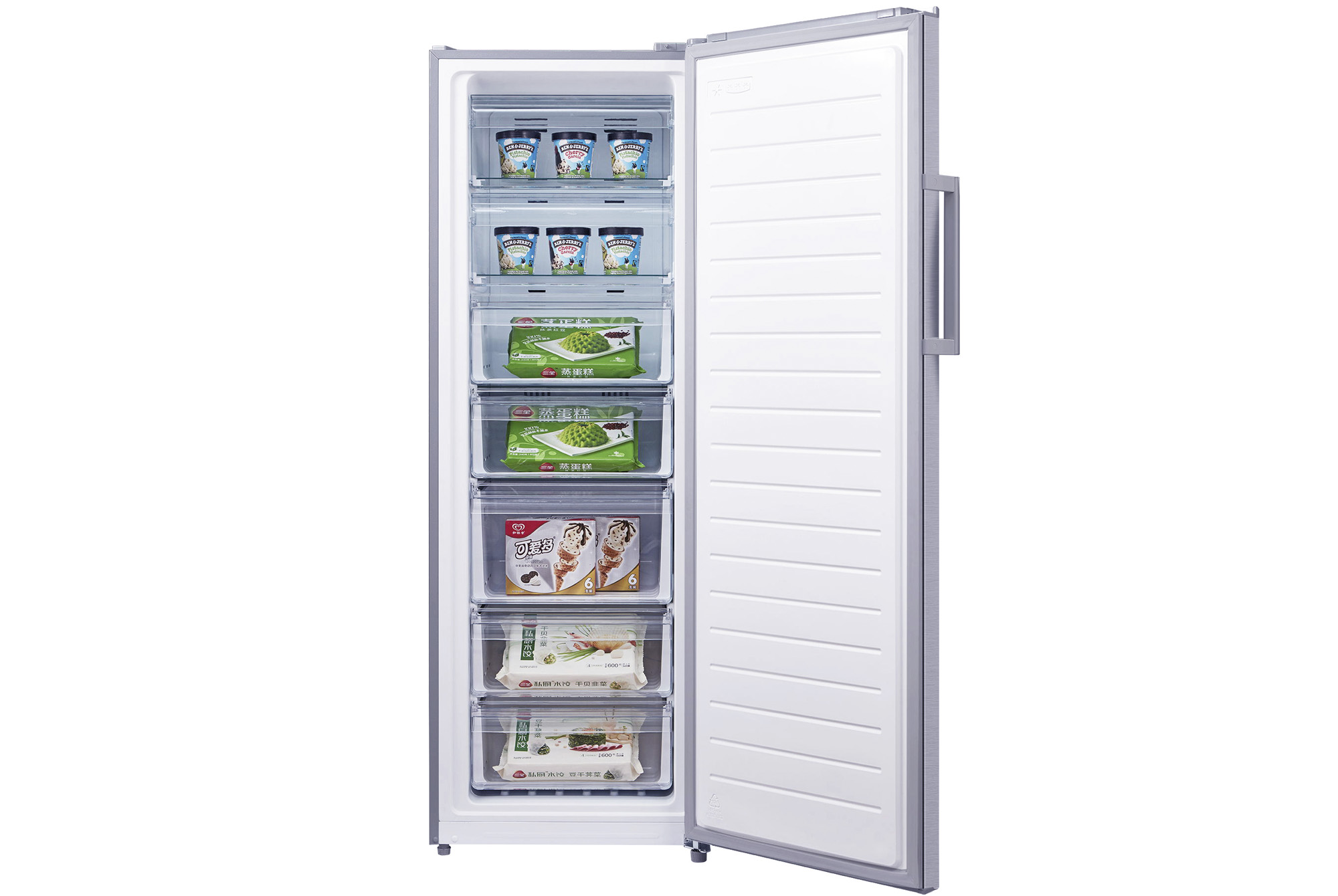
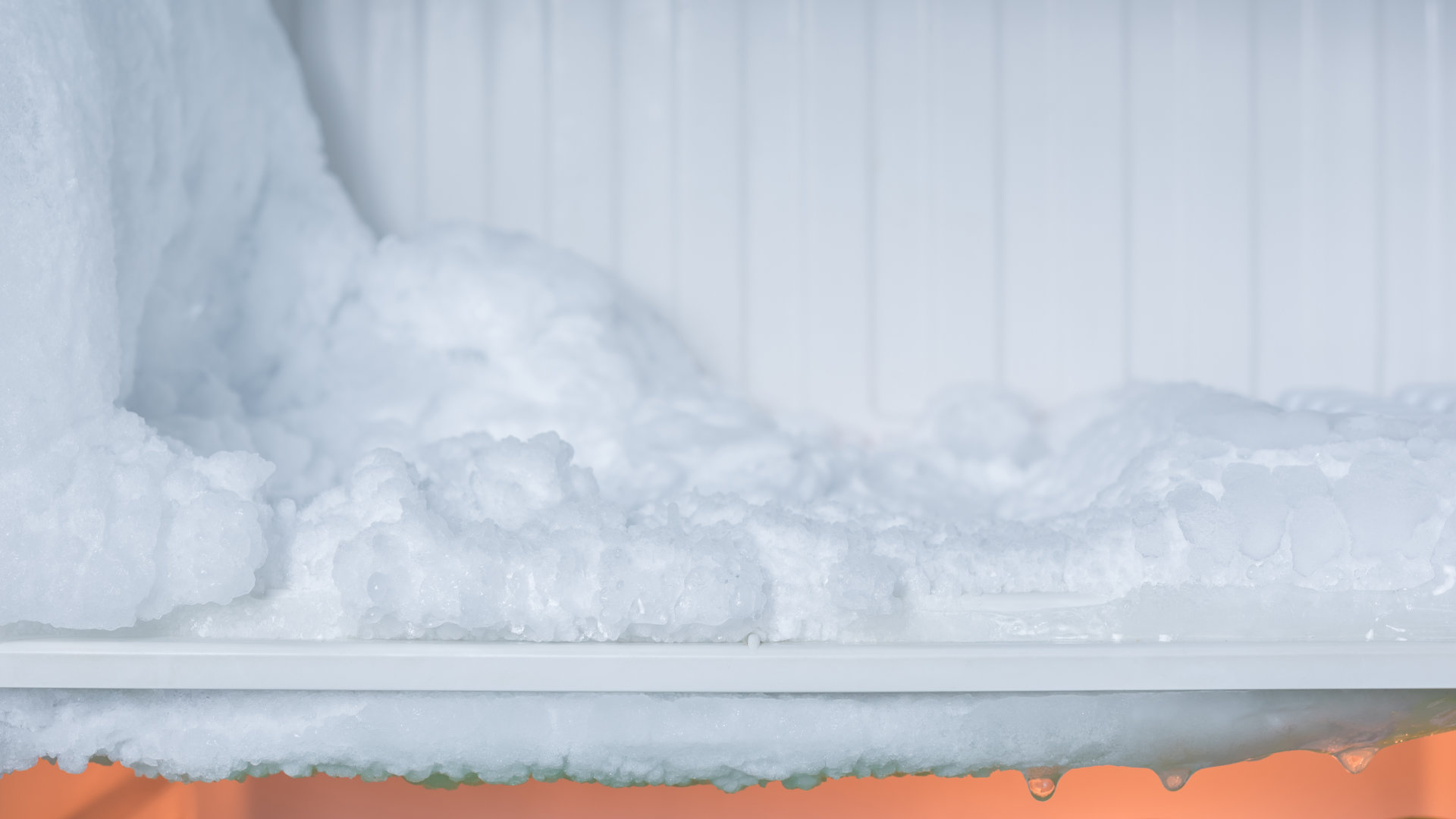
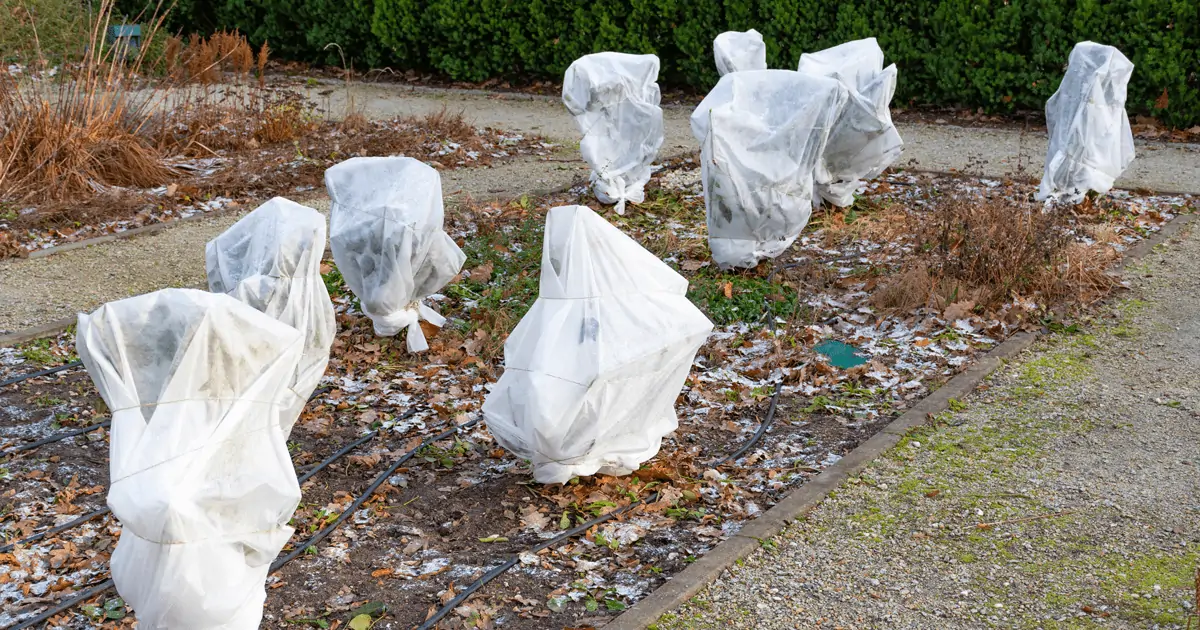
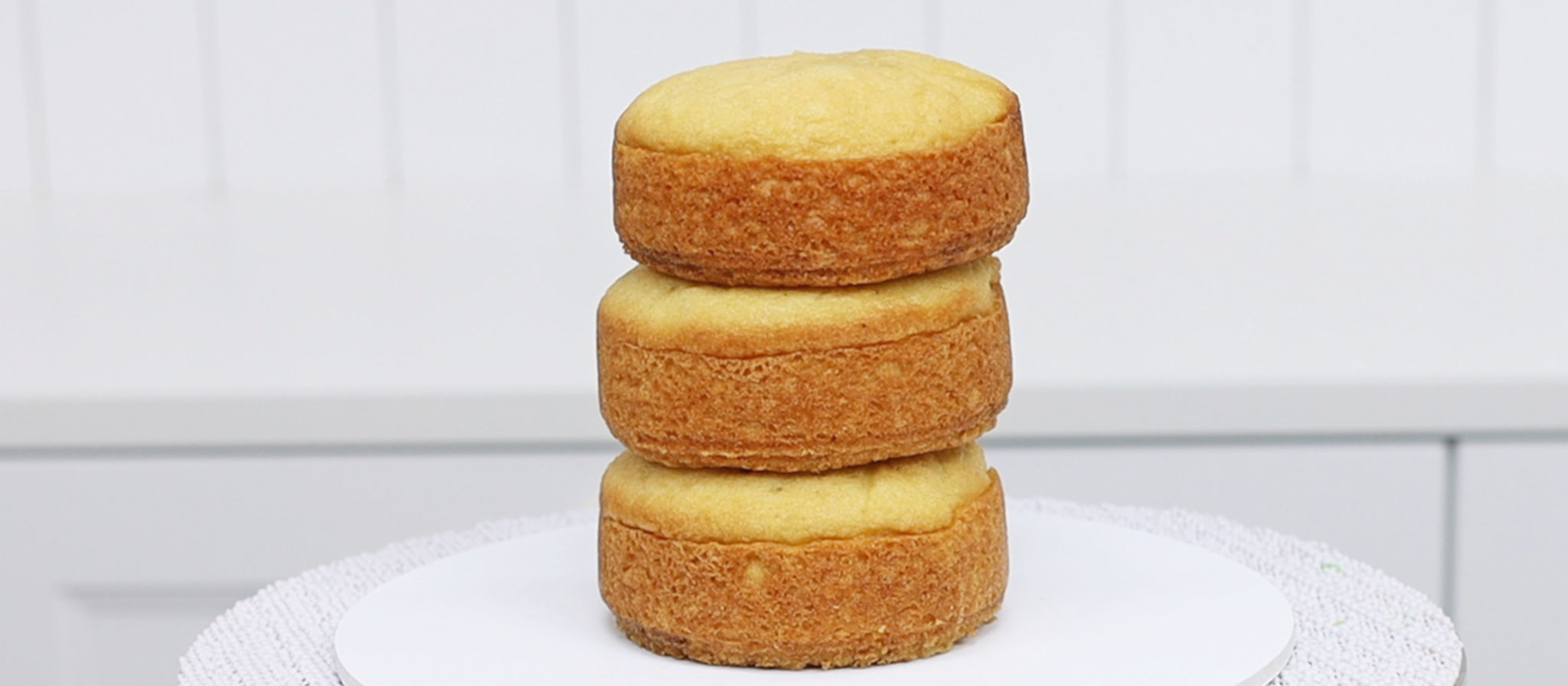
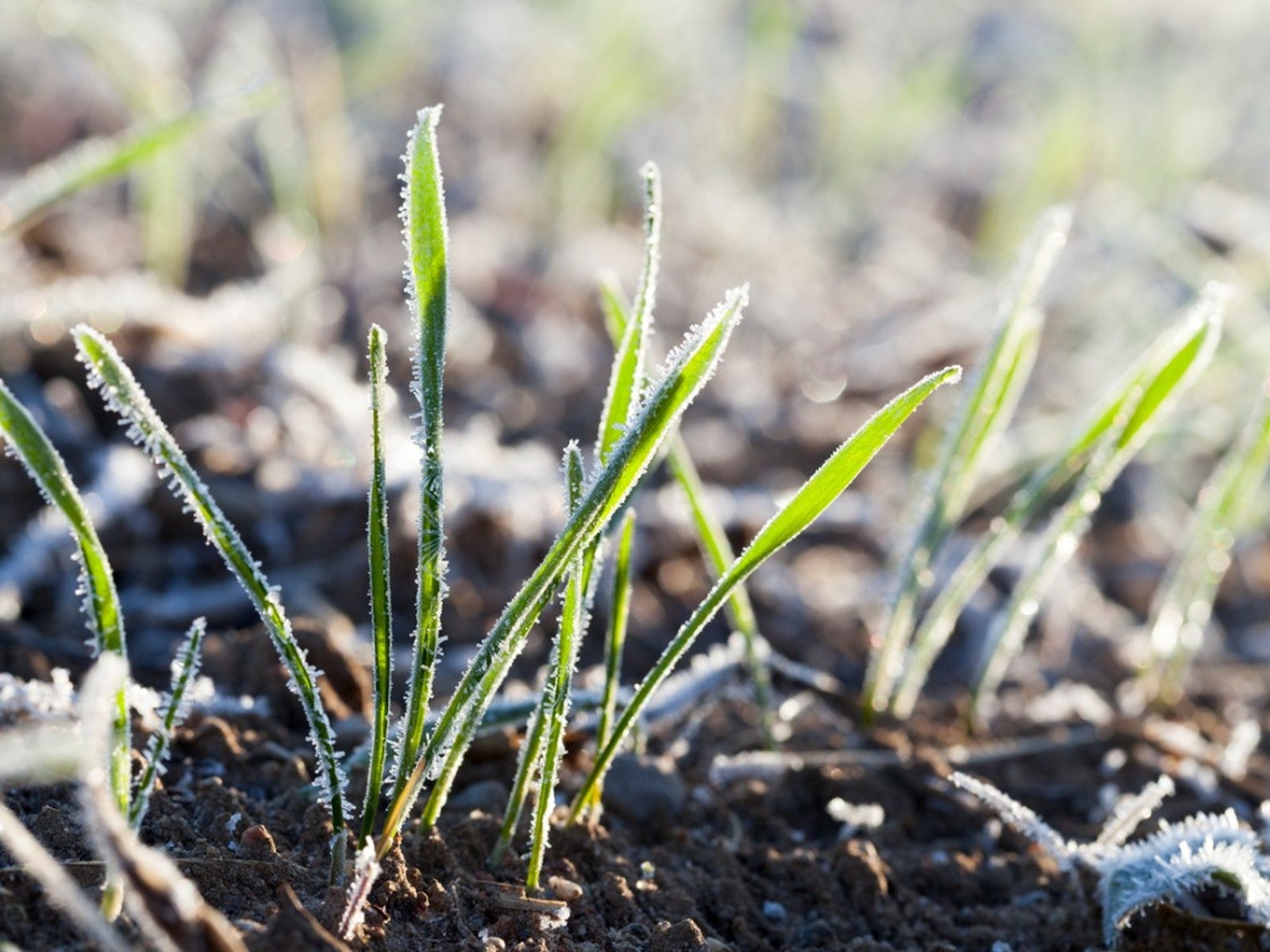
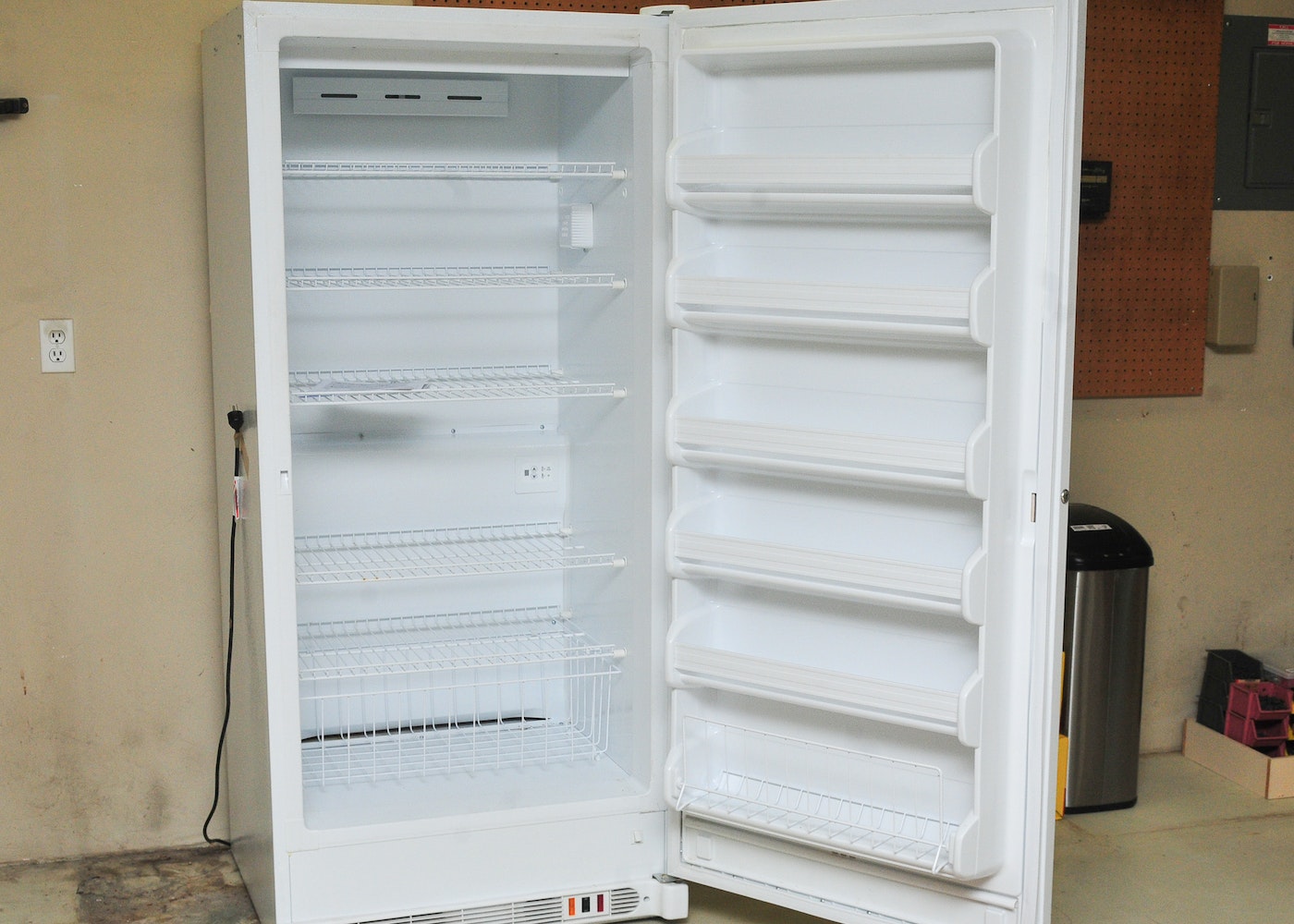
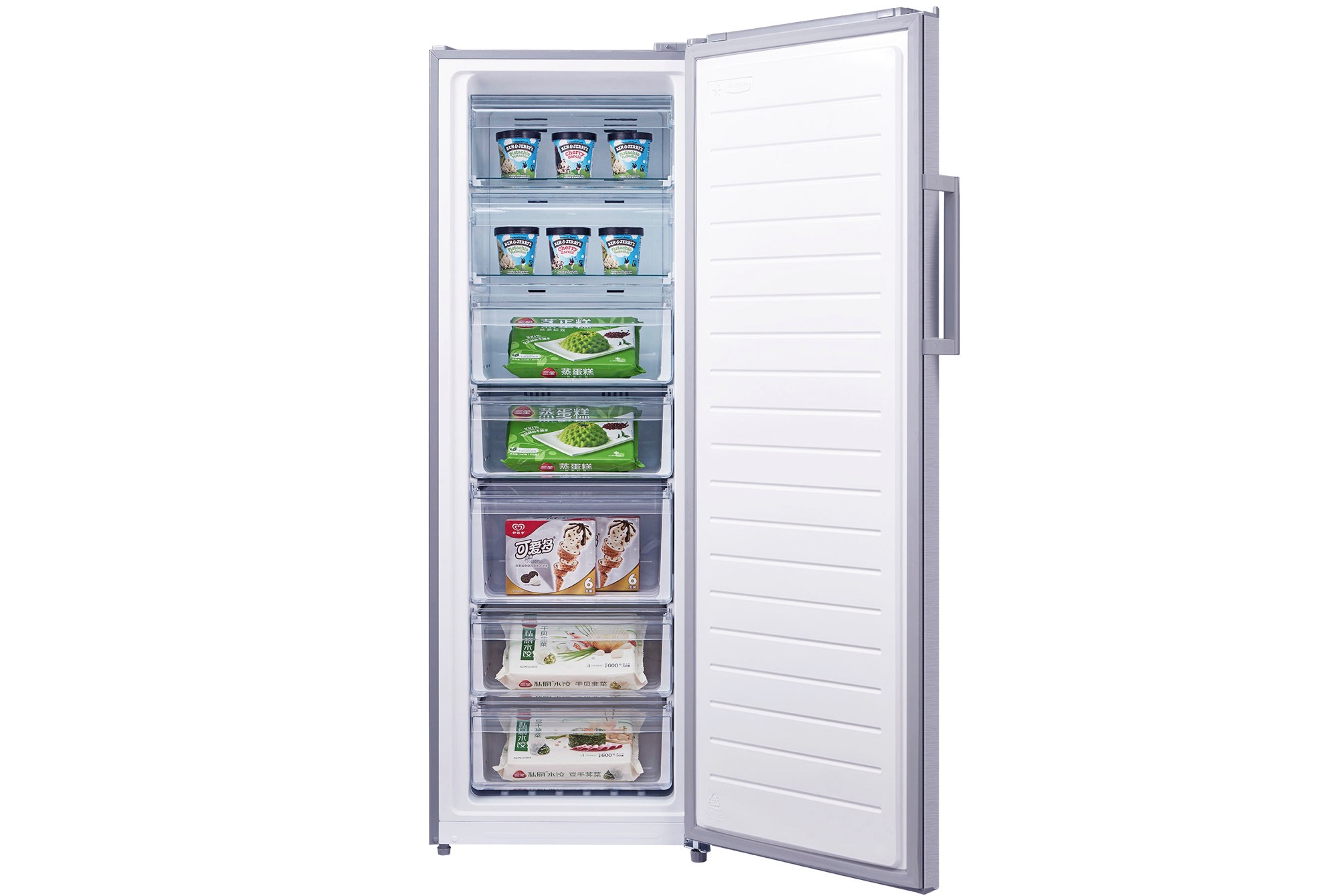
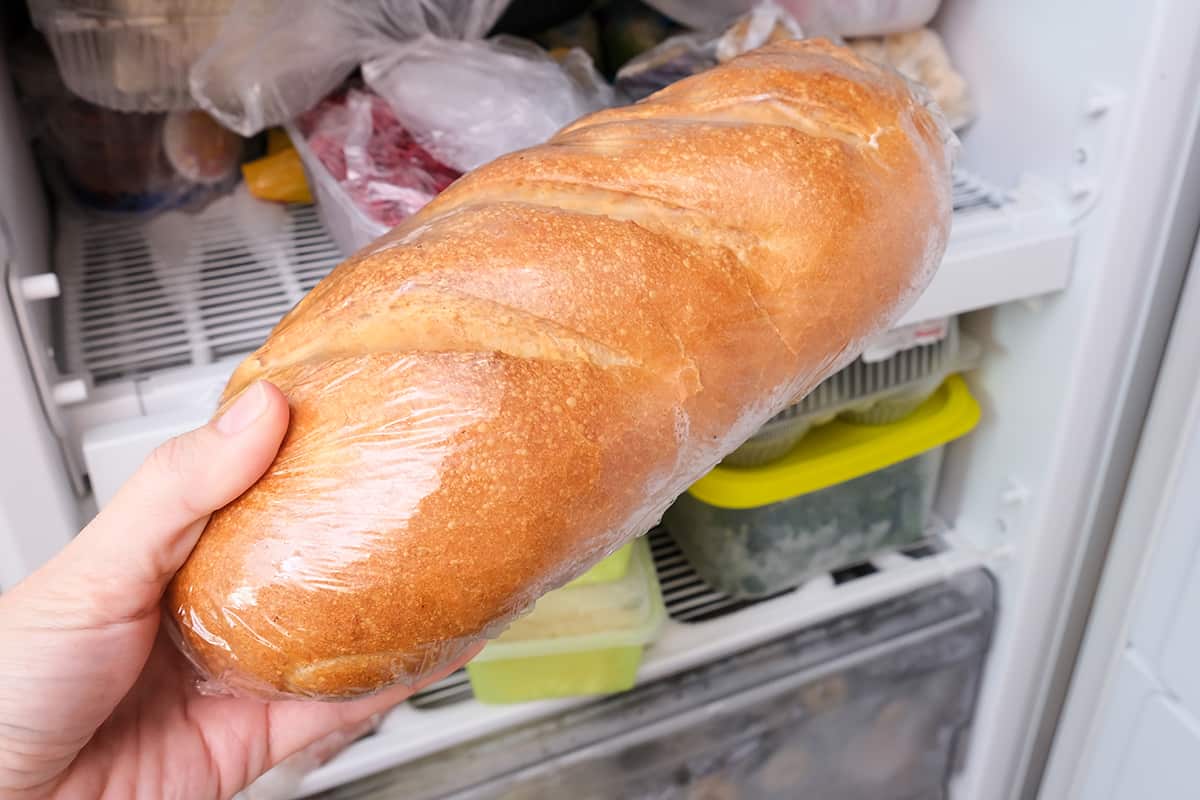
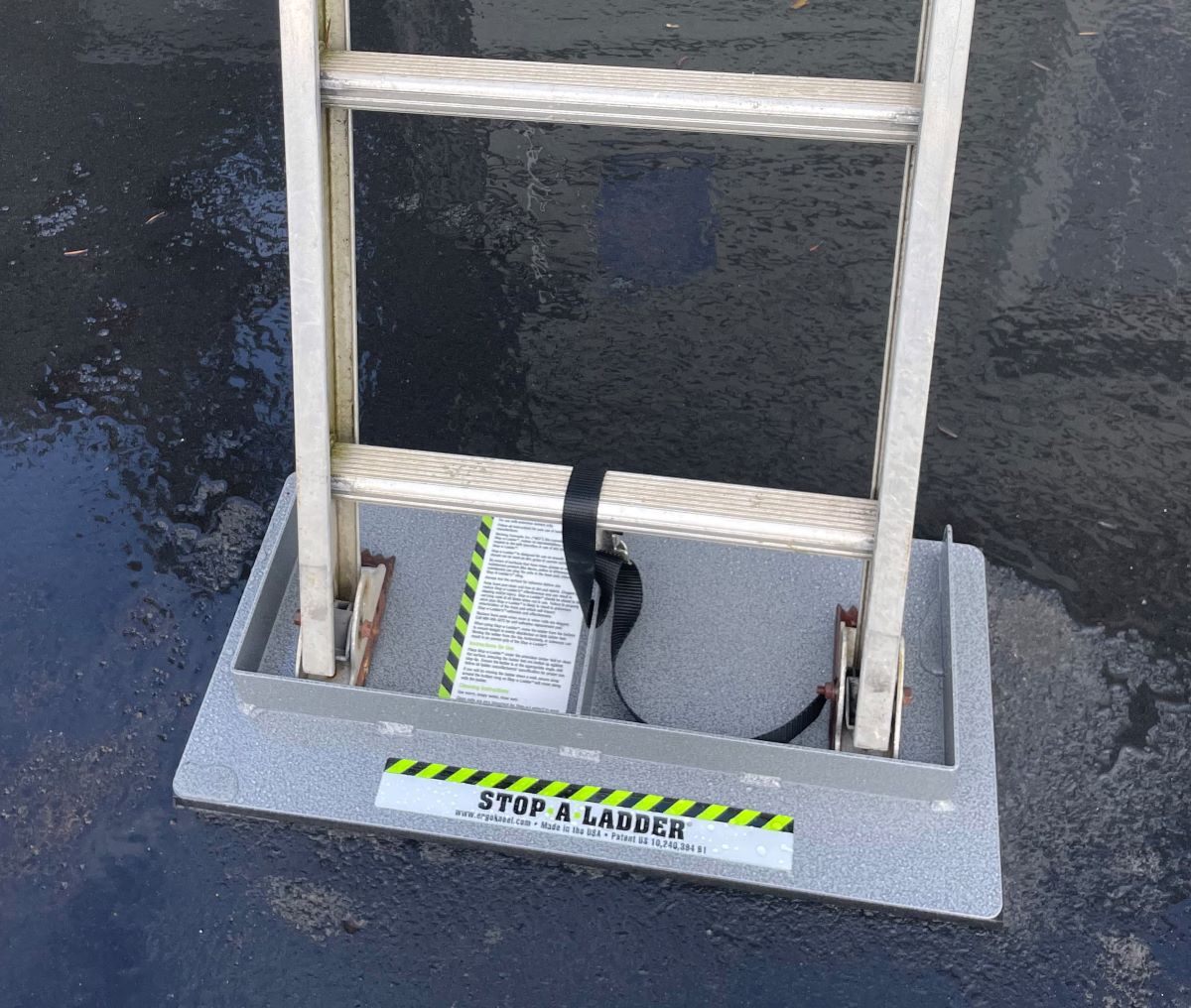
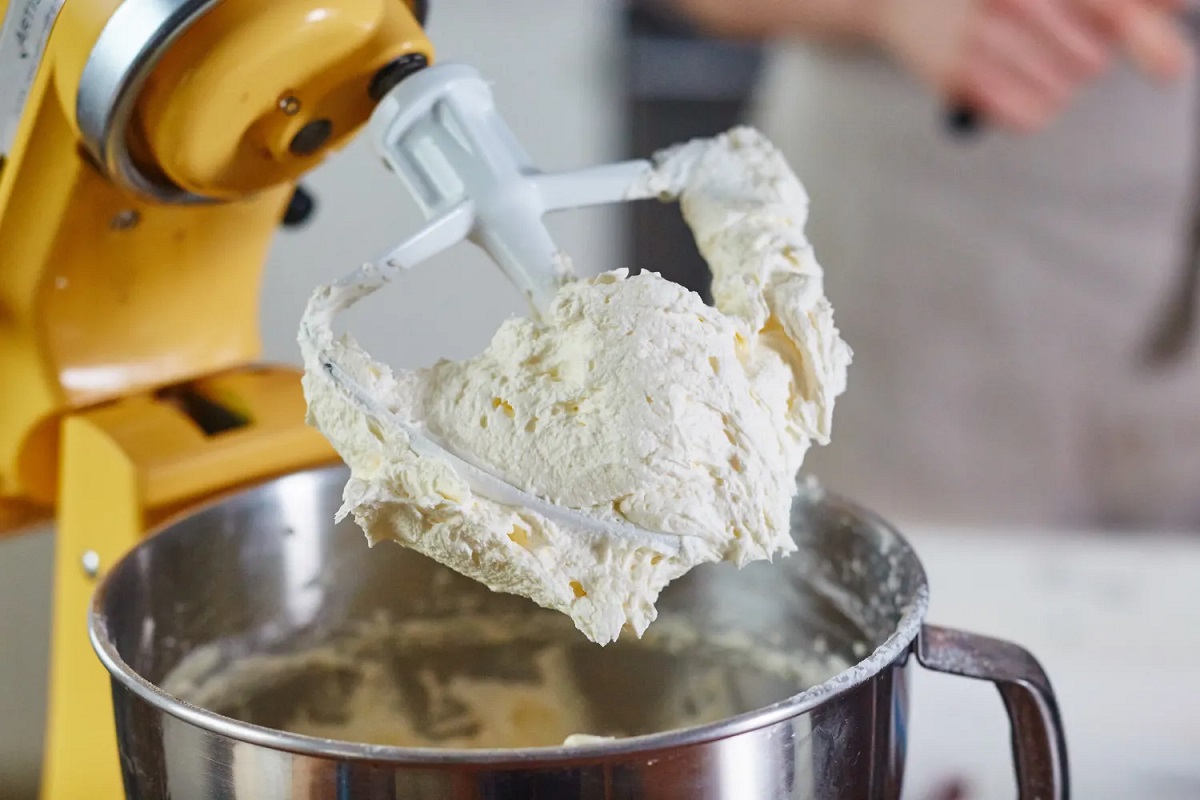
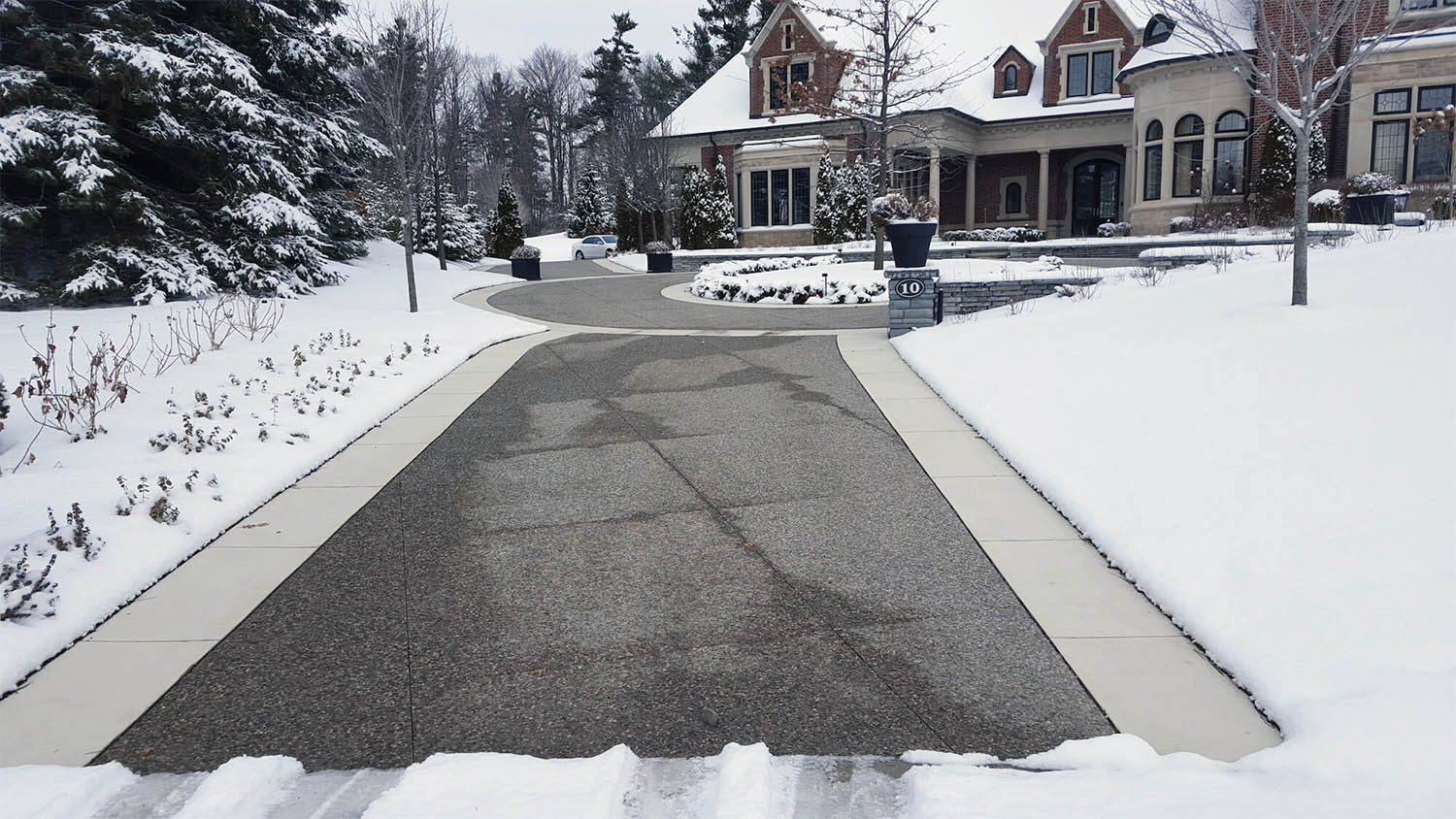
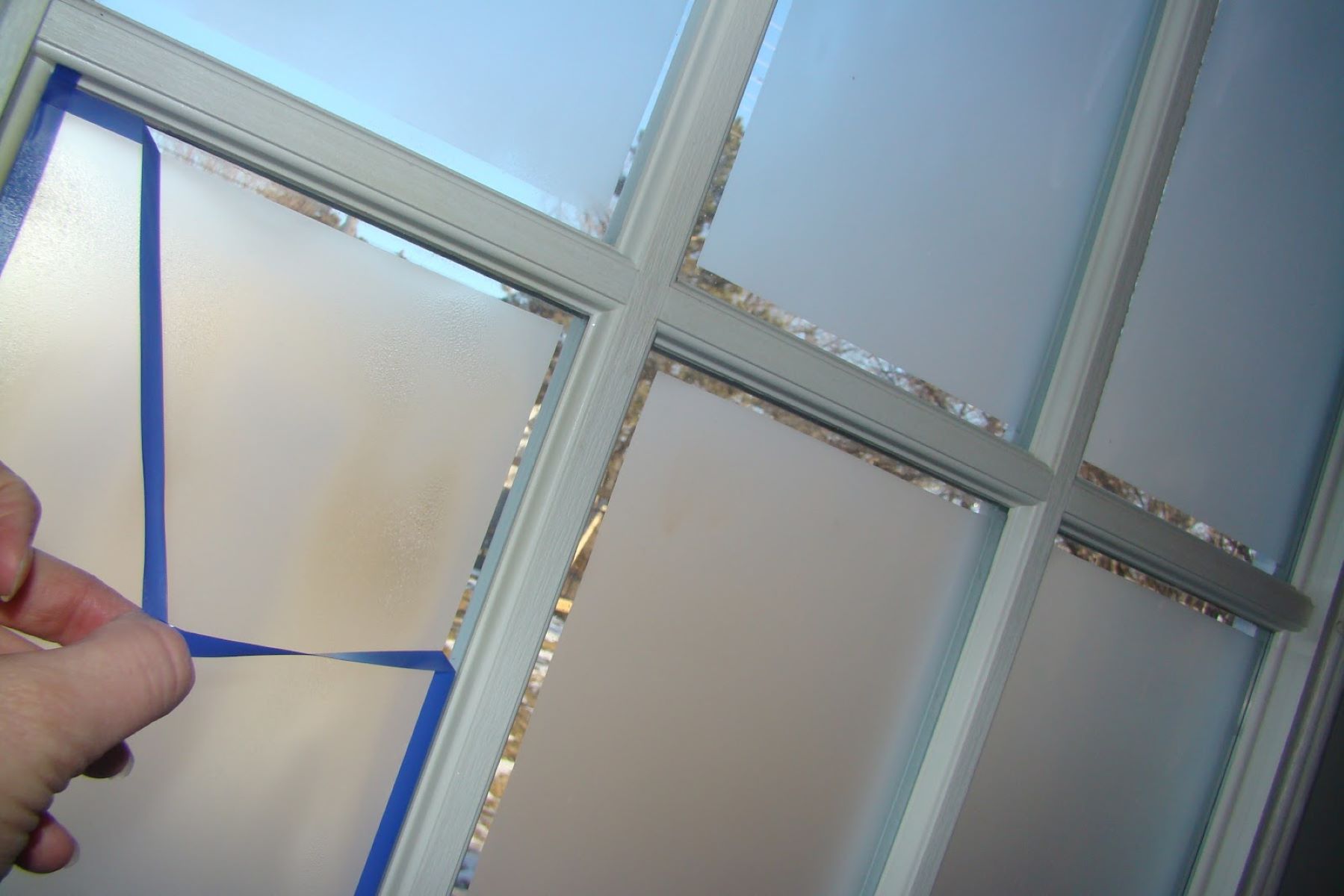

0 thoughts on “How To Keep A Freezer From Frosting”